22+ Sample Training Budgets
-
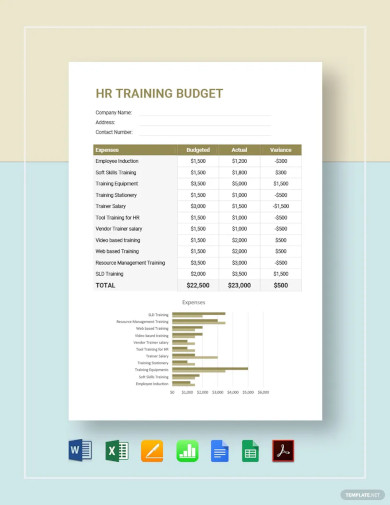
HR Training Budget Template
download now -
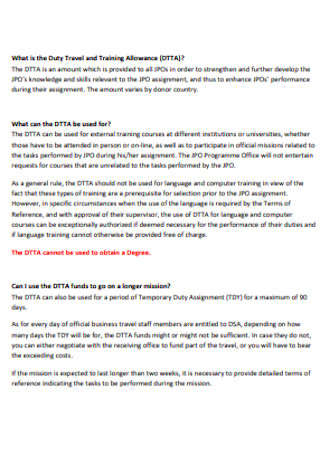
Employee Travel and Training Budget
download now -

Household Negotiation Training Budget Plan
download now -
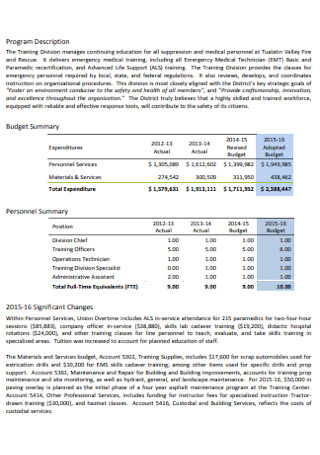
Program Training Budget Proposal
download now -
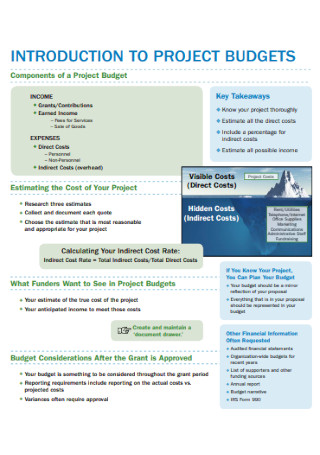
Project Training Workshop Budget
download now -
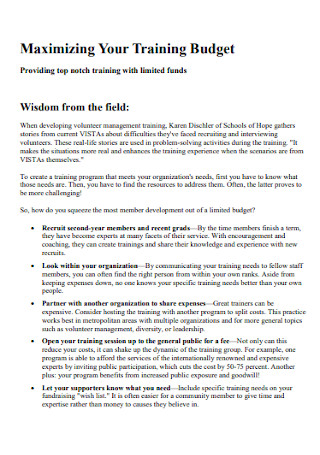
Maximizing Your Training Project Budget
download now -
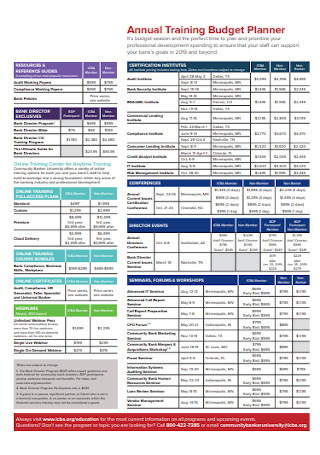
Annual Training Cost Budget
download now -
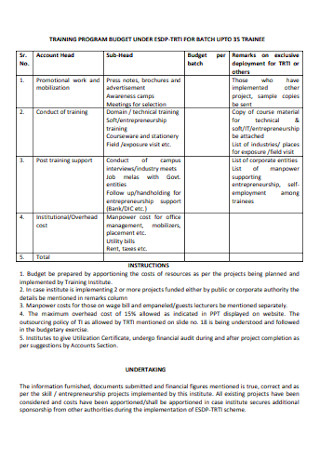
Sample Training Program Report Budget
download now -
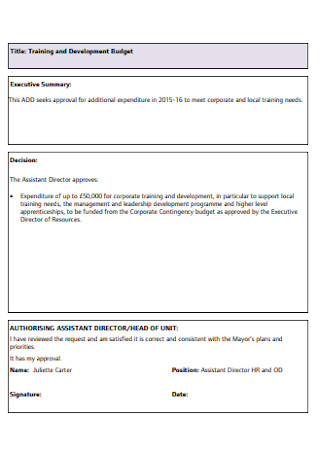
Training and Organization Development Budget
download now -
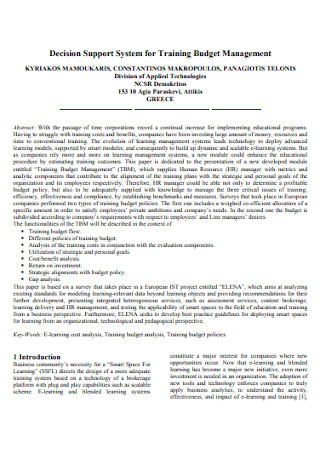
Business Training Management Budget
download now -
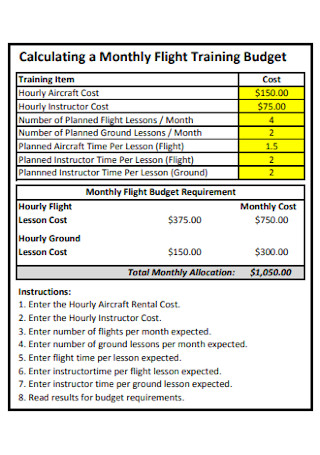
Monthly Safety Flight Training Budget
download now -
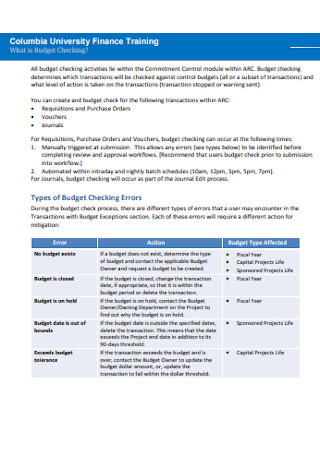
NGO Training Finance Budget
download now -
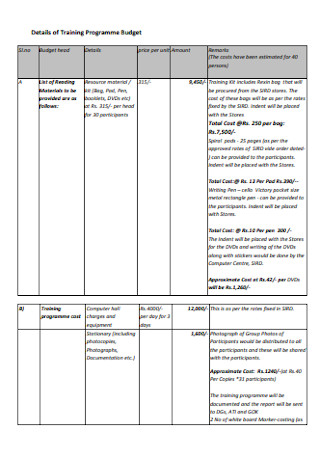
Seminar Training Programme Budget
download now -
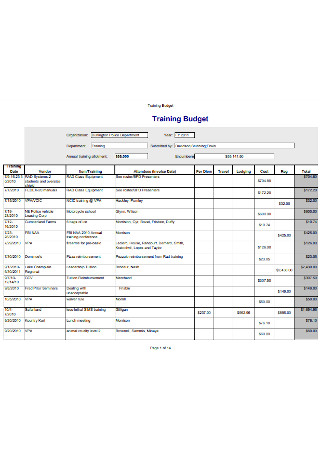
Basic Training Virtual Budget
download now -
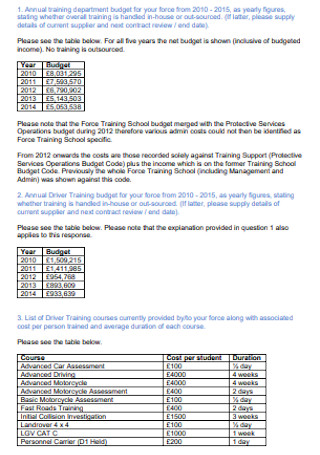
Annual Actual Training Department Budget
download now c -
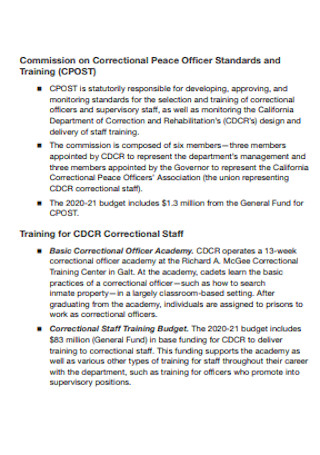
Personal Staff Training Budget
download now -
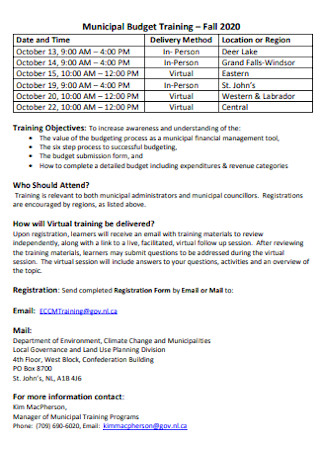
Municipal Team Training Budget
download now -
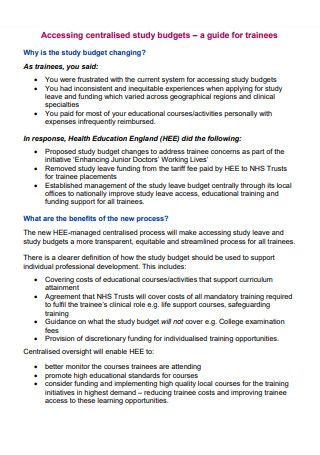
Study Expenditure Training Budget
download now -
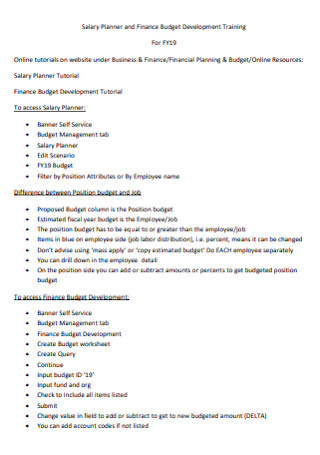
Professional Training Finance Budget
download now -
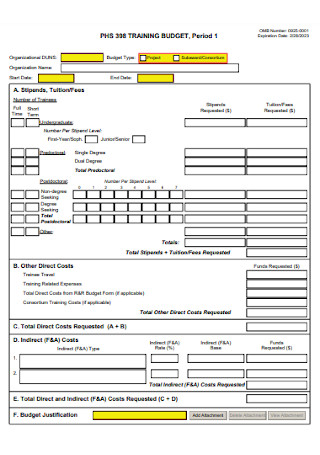
Standard Training Budget Template
download now -
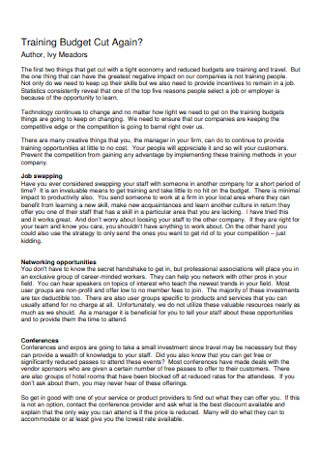
Formal Training Budget Outline
download now
FREE Training Budget s to Download
22+ Sample Training Budgets
What Is a Training Budget?
Top Reasons to Implement a Training Budget
How to Make an Effective Training Budget
FAQs
What are the common examples to factor in a training budget?
How much is the average cost for training a worker?
How are training costs calculated?
What does L&D mean?
What Is a Training Budget?
A training budget refers to the overall breakdown, plan, and design of the expenses used for training and development in any business. It is more than just saying you are given $10,000 for training development and that’s it. The training budget is more detailed because aside from the amount of budget, this also shows the allocation of training expenses, step-by-step training plan, monitoring or evaluation, and more. And this budget plan is helpful for all companies not only financially but also to reassure that the entire staff is competent and skilled enough for the tasks at hand.
Statista reported that the global workplace expenses for training grew up to $370.3 billion as of 2019.
Also, Chron said that in America, training costs average around 2–2.5% of an enterprise’s budget.
Top Reasons to Implement a Training Budget
You might be wondering why you need to set a training budget in the first place. But, there are actually numerous reasons to do so. And it just might be what your organization needs at the moment to survive in the industry. So without further ado, here are the top main reasons you should implement a training budget:
How to Make an Effective Training Budget
After learning the training budget’s meaning and reasons to consider it, are you now ready to create your own training budget? Whether you are a small or big business, investing in training cannot ever be forgotten. Otherwise, you are only putting your own company at risk to perform poorly. And before enabling the training itself, preparing the budget happens first. And you can do that by following these six steps:
Step 1: Consider a Training Needs Analysis
First things first, does your organization need training in the first place? The best way to establish that is by conducting a training needs analysis. This process enables you to analyze what factors and aspects should be included in your training that will meet your company’s goals. Besides that, training needs analysis also helps you prioritize the right training needs, consider the plan that fits the size of your business, and be realistic with your enterprise’s position in the industry.
Step 2: Set a Training Plan
After analyzing your training needs, proceed to create a draft of your training plan. You can discuss this with the rest of the organizers, leaders, or head management of your organization. Expect to talk about what relevant training sessions should be implemented because simply having any training is too broad. You might end up having training that is meant for sports while you are running a business; thus, that is irrelevant. Also, outline the sequence of events on what happens during the first day of training until the last. The same goes for jotting down the training schedule, venue, etc.
Step 3: Allocate the Estimated Costs
Now that you have a plan, start distributing the estimated costs for the items you wrote. You can start allocating costs for the training equipment, payment for the speakers/trainers, productivity loss, and even the employee salary. Also, engage in research because estimating the number of expenses is not just a mere guessing game. You have to be realistic with the possible prices in the market. Although prices may change from time to time, always keep track of what you recorded as they are essential for documentation.
Step 4: Use a Sample Training Budget
Have you tried using any of the sample training budget templates listed above? Those samples are already your best sources on how to create the training budget shortly. Since the template is premade, expect to only worry about the finishing details and inserting your draft’s data. There is no need to begin from scratch. And the best part is that you can change the format, design, and content of the template anytime, making it easier for you to formulate the best training budget that suits your needs.
Step 5: Observe an Easy-to-Follow Structure
Sometimes, the flaw in your training budget is how hard to follow it is. Make it easier to understand, especially if you are going to present that data to somebody else. That means you have arranged the format and design well so following its structure runs smoothly. Or perhaps, you include some additional instructions for a better explanation of the information given. You can even make use of tables, charts, and other visuals if they could help present your training budget much better.
Step 6: Develop the Training Budget
Once you are confident that your training budget is detailed and correct, produce it next. But the challenge does not just stop there. You still have to monitor if the estimated budget does meet the actual budget afterward. And there are many things to learn per application so be sure to report about some problems and factors noticed in the process. At the end of the day, you can add ideas that could improve the training structure or even lessen the costs next time to save. Training offers plenty of learning opportunities anyway.
FAQs
What are the common examples to factor in a training budget?
You can decide what examples to factor out in your training budget. But commonly, you can factor out the training budget according to the following expenses: initial briefing of the said training, training delivery (eLearning, classes, etc.), training tools and equipment (pictures, videos, or workbooks), training fee, staff time, travel expenses, and contingencies.
How much is the average cost for training a worker?
According to Profit.co, the average cost for training a worker is about $1,200. And that average started way back in 2016. So for now, costs would have boosted as there are more people to train and even technological advancement is to blame. Hence, don’t forget to derive the best estimate for your next training budget.
How are training costs calculated?
The common formula is to multiply the cost of every person to train by the total number of trainees. Next, multiply the savings of each person according to the total number of trainees. And do not forget to compare your results to check how much has changed from before and after training.
What does L&D mean?
L&D refers to the Learning and Development budget. And it likely covers the whole program expenses from the design, delivery, operational expenses. The same goes for the certification, other advanced programs for each employee, and the employees’ salary expenses.
Clearly, a training budget is more than just the financial aspect of an organization. It invites employee engagement, productivity improvement, and lessens the need for supervision. So before you back out from the idea of training, think about how efficient and effective operations would be when the whole staff won’t make lots of mistakes already. And to ensure that everyone is well-trained, be sure to set a well-crafted training budget first. Download sample training budget templates now!
